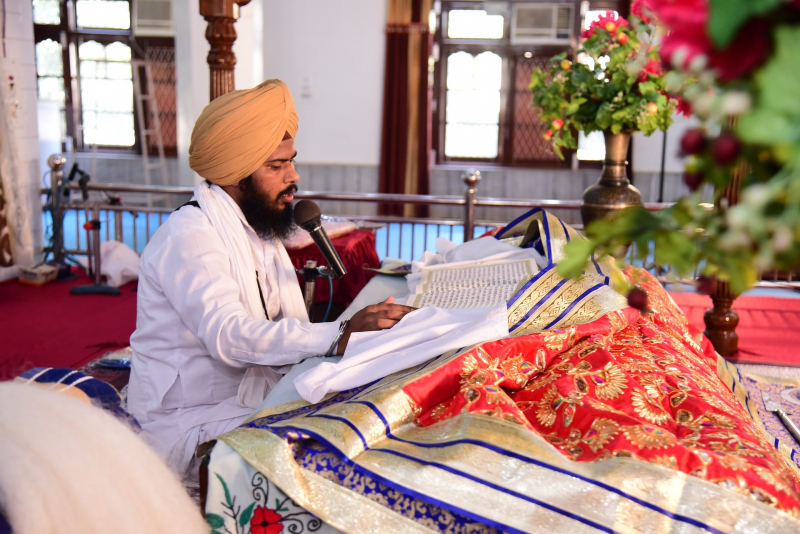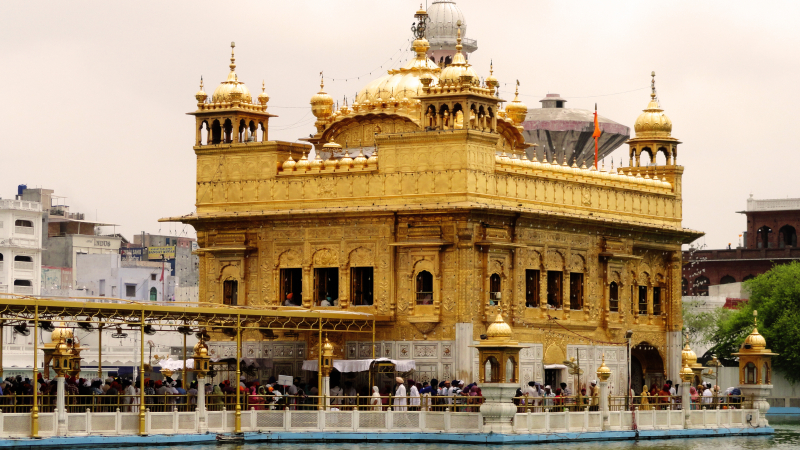The Guru Granth Sahib is the Sikhism Holy Scripture
The Guru Granth Sahib is a sacred scripture considered by Sikhs to be their eleventh and last Guru. Sikhism was influenced by reform movements in Hinduism (such as Bhakti, Monism, Vedic metaphysics, the guru ideal, and bhajans) as well as Sufi Islam. It departs from some Hindu and Islamic social customs and structures (such as the caste system and purdah, respectively).
Sikh philosophy is distinguished by rationality, comprehensiveness, and a "no frills" attitude toward spiritual and material issues. Its theology is characterized by simplicity. In Sikh ethics, there is no conflict between an individual's obligation to oneself and his or her duty to society.
The Guru Granth Sahib is regarded in the highest regard by the Sikhs and is treated as the Eternal Guru, as taught by Guru Gobind Singh. It is perhaps the only scripture of its sort that includes not just the teachings of its own religious founders but also writings from people of other faiths.
The Guru Granth Sahib includes the writings of saints such as Kabir, Namdev, Ravidas, Sheikh Farid, Trilochan, Dhanna, Beni, Sheikh Bhikan, Jaidev, Surdas, Parmanad, Pipa, and Ramanand, in addition to the Banis of the Gurus.
For Sikhs, the Guru Granth Sahib is the ultimate spiritual authority. It covers the teachings and devotional compositions authored and recorded by the Sikh Gurus, as well as some modern Hindu and Muslim saints. The Guru Granth Sahib is at the center of Sikh religion, and its presence adds dignity to the Sikh place of worship, the Gurdwara.
The Granth is the focal point of a Sikh place of worship known as a gurdwara. During the day, the Holy Scripture is put on the dominating platform in the gurdwara's main hall. It is placed with great dignity and respect on a throne made of gorgeous and colorful fabric.











